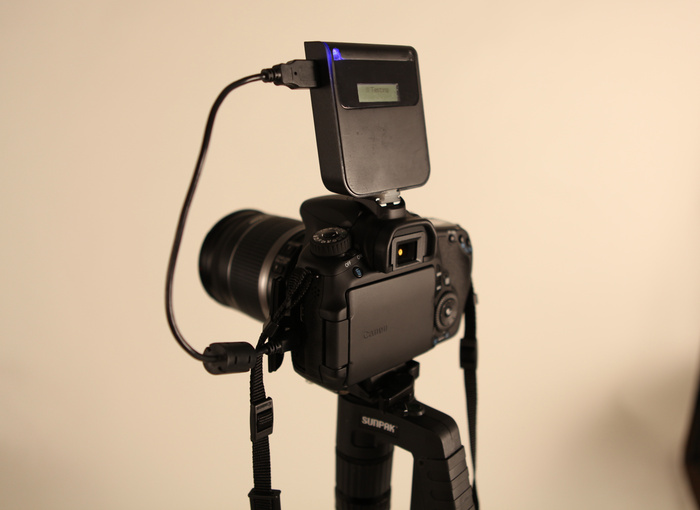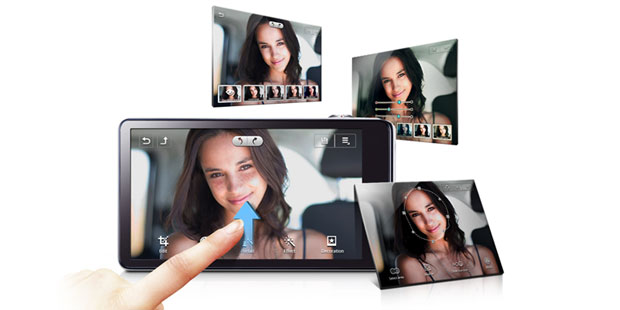The southern coast of Sri Lanka is renowned for its breathtaking beauty, and I recently had the pleasure of experiencing its luxurious side firsthand. As part of a press contingent invited to cover the grand opening of the new Peace Haven Bungalow at Anantara Peace Haven Tangalle, representing Bride and Groom Magazine, I was immersed in a world of opulence and unparalleled hospitality. The word "Anantara" is derived from the Sanskrit word meaning "without end," which perfectly encapsulates the resort's promise of boundless discovery. This stunning resort, nestled amidst a 22-acre coconut plantation, offers a secluded and scenic retreat, and I'm excited to share my experience of how Anantara Peace Haven Tangalle redefines luxury.
Our arrival at the resort was nothing short of spectacular. As we disembarked, we were greeted by the resonant sound of conch shells being blown – an auspicious sign in Sri Lankan culture – and a group of ladies performing a traditional Rabana drum welcome, complete with songs of welcome. We were then escorted to a lobby perched high above, offering a breathtaking panoramic view of the Indian Ocean. Here, we were offered refreshing cold towels and welcome drinks, the perfect respite after our journey. After a few moments of relaxation, we were warmly greeted by the General Manager, Mr. Erik Billgren, who invited us to a leisurely lunch before we checked into our rooms. The lunch, held at the Journeys Restaurant, was a lavish buffet, and the press contingent spent a delightful couple of hours enjoying the incredible variety of dishes and engaging in relaxed conversation over coffee. The atmosphere was relaxed and unrushed, a fitting introduction to the pace of Anantara Peace Haven Tangalle.
I was fortunate to be assigned a room in the first unit, conveniently located right next to the lobby. However, for those staying in rooms further across the expansive 22-acre property, electric-powered tuk-tuks were readily available to transport guests and their luggage. The rooms themselves are enormous, luxuriously appointed, and equipped with all the amenities one would expect from a five-star resort. A highlight was the generously sized bathroom, featuring a glass wall that offered a view into the room, and a beautifully positioned bathtub complete with bath salts. My third-floor room also boasted panoramic views of the lawn and the beach beyond, stretching out to the seemingly endless expanse of the Indian Ocean.
Following this, we attended the Opera event at the Peace Haven Bungalow. The Event blurb can be found here, at Bride and Groom Magazine's Socials. https://www.facebook.com/share/p/16dnth3DVu/.
The next morning, after another amazing and varied breakfast buffet, I took some time to explore the property. Unfortunately, due to the limited time, I was unable to experience the renowned Il Mare and Werala restaurants, but I was impressed by the abundance of information highlighting the diverse biodiversity that can be observed on the property. I would have loved to have had more time to explore and photograph the natural beauty, but the press contingent had to return to Colombo. However, we all left with the firm conviction that we should return as soon as possible to fully experience everything this stunning property has to offer.






































